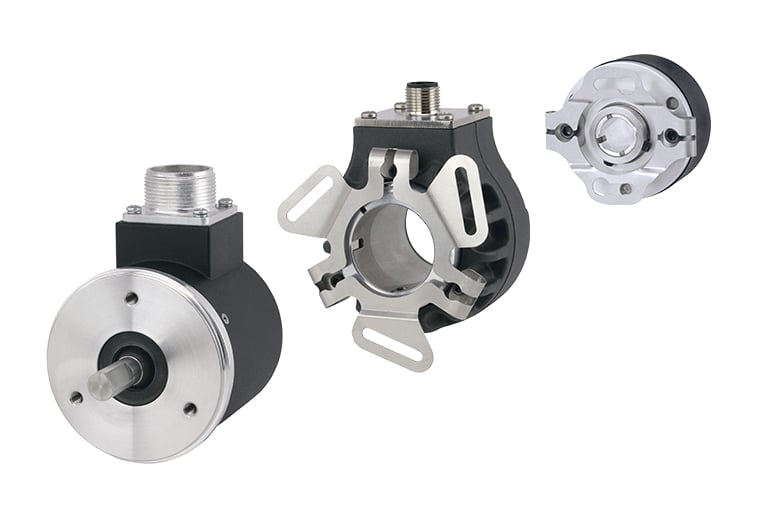Optimizing Encoder Signals
To reduce the potential for electrical noise degrading an encoder’s signal, follow these key steps:
- Connect the encoder cable shield to ground on the receiving device.
- Properly ground the motor or machine to which the encoder is mounted.
- Ensure that the encoder cable is of high quality and low capacitance with foil and braided shields. Also, avoid routing encoder cable near electrically noisy power cables or equipment.
- For more information on encoder signals, see the white paper Noise and Signal Distortion Considerations for Encoders in Motion Control Applications.
Conclusion
When considering how to apply an encoder for motion feedback in an industrial application, there are several basic factors to consider. There are a variety of resources available to aide in research for a solution. However, there are motion control experts well-versed in encoders and their options who can guide you to the right motion feedback solution for your application.
If you have a question about which encoder is right for your application, contact EPC. You’ll talk to real engineers and encoder experts who can answer your questions about encoders and motion feedback, and you’ll get answers that make sense for your application.
EPC’s corporate headquarters is in the United States. We offer expedite options on most models, even same-day options. With our industry best three year warranty, if something does go wrong, we’ve got you covered.
Contact EPC today to find the right motion feedback device for your application.




